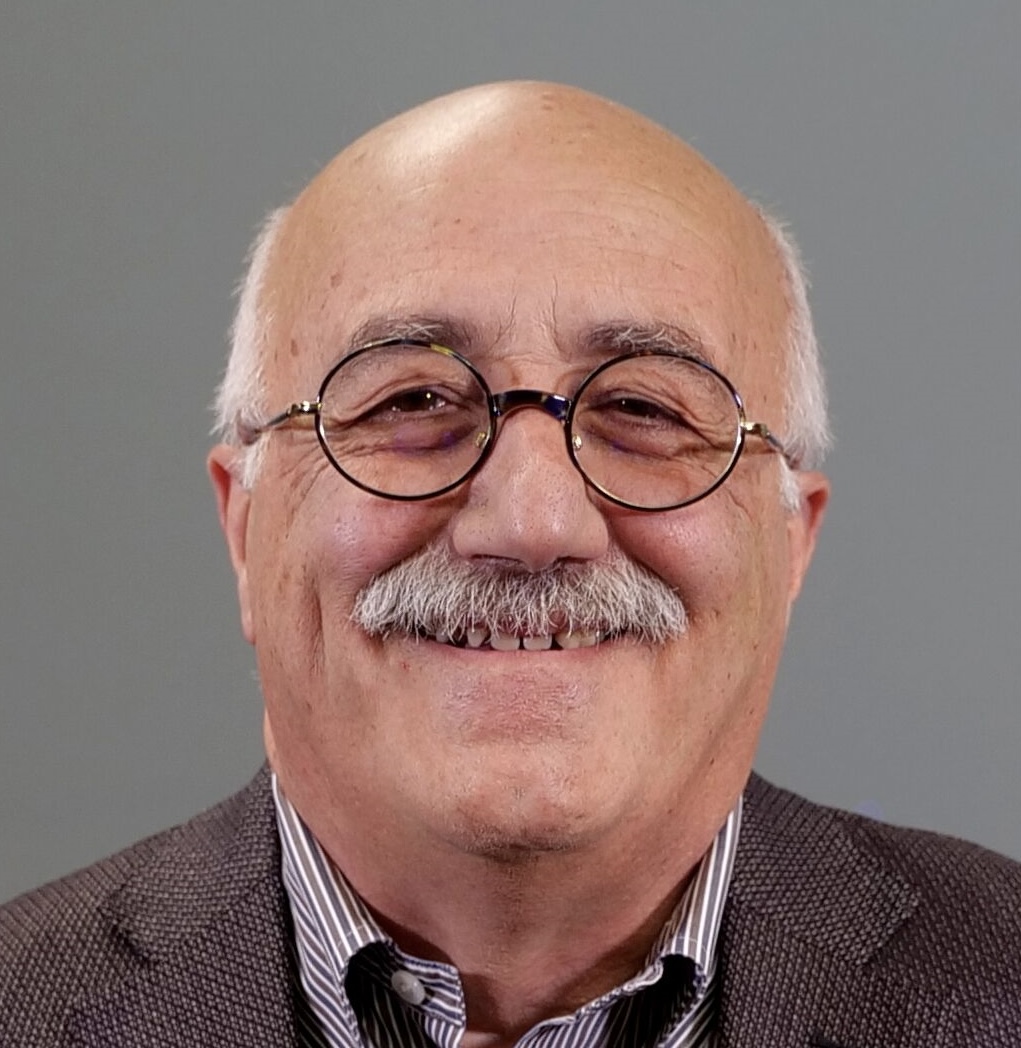Michele Parrinello

The Medal of the Erwin Schrödinger Institute for Mathematics and Physics for the year 2025 is awarded to Michele Parrinello, Professor Emeritus at the Eidgenössiche Technische Hochschule Zürich and Senior Researcher at the Istituto Italiano di Tecnologia in Genova.
Michele Parrinello, born on September 7, 1945, in Messina, Italy, is a renowned physicist celebrated for his numerous pioneering contributions to computational physics, chemistry and materials science. After earning his Laurea degree in physics from the University of Bologna in 1968, he held prominent positions at institutions such as the International School for Advanced Studies in Trieste, IBM Research in Zurich, and the Max Planck Institute for Solid State Research in Stuttgart. In 2001, he became a professor of computational science at ETH Zurich and the Università della Svizzera italiana in Lugano. Since 2018, he has been a Senior Researcher at the Italian Institute of Technology (IIT) in Genova.
Michele Parrinello is known for his creativity and major contributions to computational science, with numerous methodological innovations that have transformed molecular simulations.
His first major methodological advance came in 1981 with what is now known as the Parrinello–Rahman method [1]. By allowing the simulation cell itself to fluctuate in shape and size under applied stresses, this approach freed molecular dynamics simulations from the constraints of fixed, often cubic, boundary conditions. Researchers could, for the first time, watch solid–solid phase transformations, polymorphic rearrangements, and mechanical deformations take place naturally under pressure or strain. This innovation opened the door to atomistic studies of many phenomena in solids, ranging from crystal lattice instabilities and pressure-induced amorphization to the behavior of materials under geophysical conditions.
In 1985 Parrinello and Roberto Car introduced what became the Car–Parrinello method [2]. Traditional electronic-structure calculations treated electrons as adjusting instantaneously to fixed nuclei, making every atomic displacement a heavy quantum-mechanical recalculation. Car and Parrinello’s insight was to treat the electronic degrees of freedom as fictitious variables that evolve alongside the atoms. In practice, this meant that the electrons “ride along” with the nuclei, adjusting continuously as the simulation proceeds. The result was a major reduction in computational cost and the ability to perform ab initio molecular dynamics for systems of tens to hundreds of atoms over picoseconds or even nanoseconds. This made it possible to study, for example, hydrogen bonding in water, chemical reactions in solution, and surface-catalyzed processes at the atomic level.
In the early 2000s, to address the challenge of sampling rare events, those activated processes that occur on timescales far longer than accessible to straightforward dynamics, Parrinello and collaborators introduced metadynamics [3]. By identifying a small number of collective variables that capture the essential coordinates of a transformation, and then adding a history-dependent bias potential to discourage revisiting already sampled regions, metadynamics “fills in” free-energy basins and pushes the system over barriers. This technique has since been used to map the folding landscapes of proteins, the binding affinities of drug molecules, and the polymorphic phase diagrams of crystalline materials, providing quantitative free-energy surfaces where direct simulation would have been prohibitively slow.
In recent years, Parrinello has turned to machine learning to further enhance simulation accuracy and efficiency. In 2007, working with Jörg Behler, he developed high-dimensional neural network potentials that use machine learning to reproduce quantum-mechanical potential energy surfaces at a fraction of the cost [4]. These Behler–Parrinello neural network potentials enabled large-scale MD simulations of complex materials with near-ab initio precision. Parrinello’s group has also made significant contributions to committor analysis. By computing the committor function—which gives the probability of reaching one state before another—he and his colleagues devised frameworks to identify true transition states and optimal reaction coordinates in complex molecular transformations [5].
Parrinello’s methodological breakthroughs have received sustained recognition for over three decades. In 1995, he received the Rahman Prize for his contributions to computational physics and in 2009 he was awarded the Dirac Medal by the International Centre for Theoretical Physics. The following year he earned the Berni J. Alder CECAM Prize recognizing exceptional contributions to the field of microscopic simulation of matter. He received Marcel Benoist Prize in 2011, the Enrico Fermi Prize of the Italian Physical Society in 2012, and in 2020 he was awarded the Benjamin Franklin Medal.
[1] M. Parrinello and A. Rahman, “Polymorphic transitions in single crystals: A new molecular dynamics method” J. Appl. Phys. 52, 7182 (1981); https://doi.org/10.1063/1.328693
[2] R. Car and M. Parrinello, “Unified Approach for Molecular Dynamics and Density-Functional Theory”, Phys. Rev. Lett. 55, 2471 (1985); https://doi.org/10.1103/PhysRevLett.55.2471
[3] A. Laio and M. Parrinello, “Escaping free-energy minima”, Proce. Natl. Acad. USA 99, 12562 (2002); https://doi.org/10.1073/pnas.202427399
[4] J. Behler and M. Parrinello, “Generalized Neural-Network Representation of High-Dimensional Potential-Energy Surfaces”, Phys. Rev. Lett. 98, 146401 (2007); https://doi.org/10.1103/PhysRevLett.98.146401
[5] P. Kang, E. Trizio, M. Parrinello, “Computing the committor with the committor to study the transition state ensemble”, Nature Comp. Sci. 4, 451 (2024), https://doi.org/10.1038/s43588-024-00645-0
https://www.iit.it/it/people-details/-/people/michele-parrinello
https://de.wikipedia.org/wiki/Michele_Parrinello